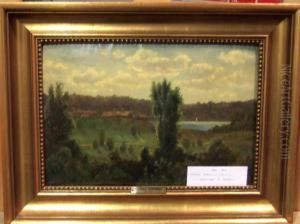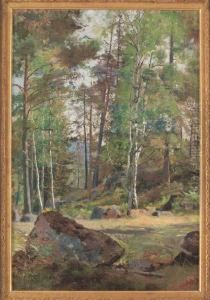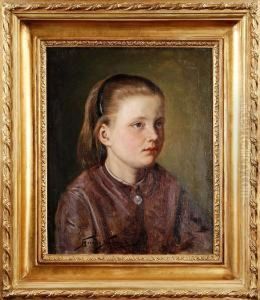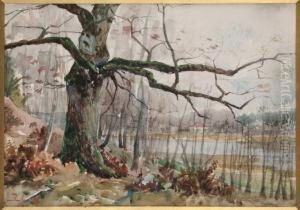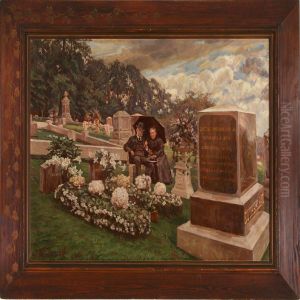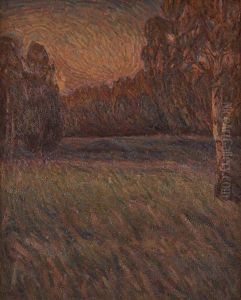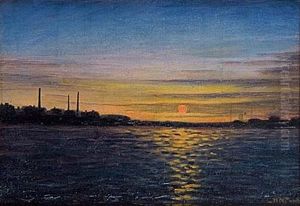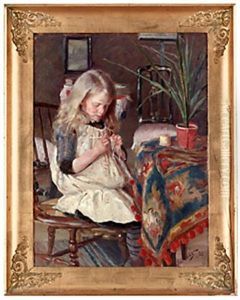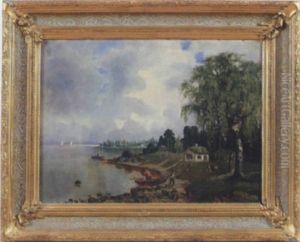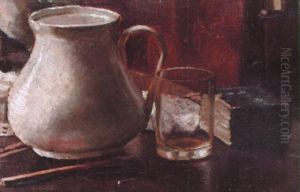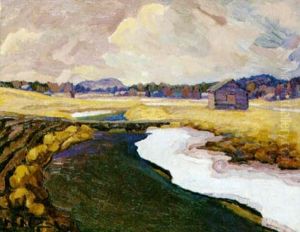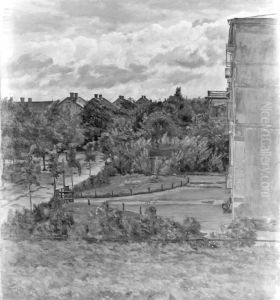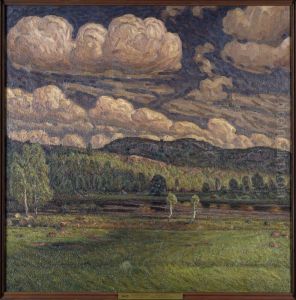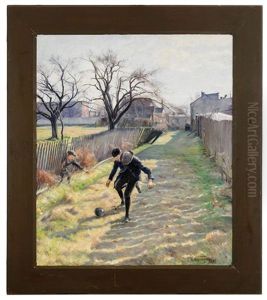Herman Norrman Paintings
Herman Norrman was a Swedish painter known for his landscapes and genre scenes. Born on May 26, 1864, in Stockholm, Sweden, Norrman showed talent at an early age and pursued an education in art. He began his studies at the Royal Swedish Academy of Fine Arts in Stockholm, where he received a solid foundation in the techniques and principles of painting.
During his career, Norrman traveled extensively, which greatly influenced his work. He visited various countries in Europe, including France and the Netherlands, where he was inspired by the natural landscapes and the work of other artists. His travels also took him to locations such as the Düsseldorf Academy in Germany, which was well-known for its landscape painting at the time. This exposure to different environments and artistic styles helped Norrman to develop a distinctive approach that combined elements of realism and naturalism.
Norrman is particularly remembered for his evocative landscapes, often depicting the Swedish countryside. His works are characterized by a keen observation of nature and a delicate handling of light and color. He frequently painted en plein air, capturing the changing seasons and moods of the natural world with a sensitivity that resonated with viewers. This connection to the natural world was a common thread throughout his oeuvre, reflecting the broader cultural interest in nature that was prevalent in late 19th-century Sweden.
Despite his talent and the quality of his work, Herman Norrman's life was cut short. He died on April 26, 1906, at the age of 41. His career, spanning just over two decades, left a modest but noteworthy body of work that continues to be appreciated for its contribution to Swedish art. Norrman's paintings can be found in various museums and collections in Sweden and are celebrated for their tranquil beauty and skillful representation of the Scandinavian landscape.
